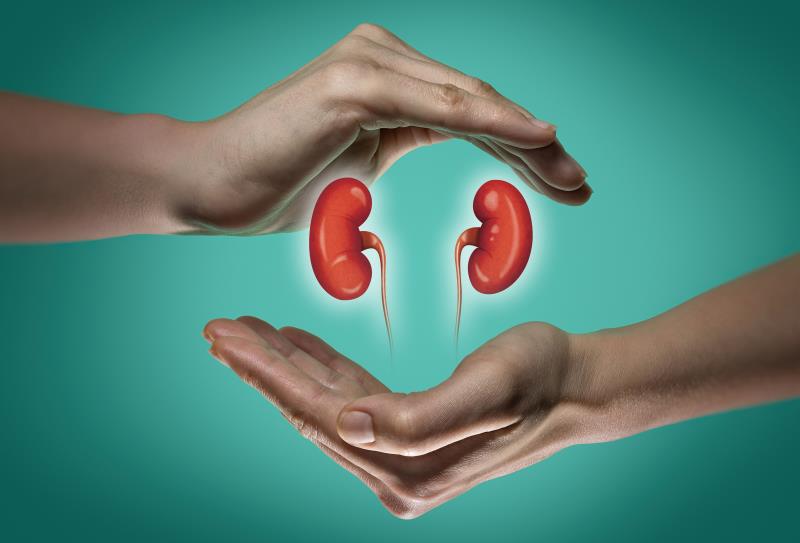
Some clinicians fail to notice a significant change in eGFR when the baseline creatinine and incident creatinine levels are in the normal range, reports a recent study.
The authors examined the incidence of community-acquired acute kidney injury (CA-AKI) in an academic primary care practice and community health centre. They also assessed recognition and follow-up as determined by repeat creatinine measurement (closed-loop).
A total of 93,259 specimens for 36,593 unique patients from 1 January 2018 through 31 December 2021 were reviewed. Of the patients, 220 had CA-AKI, defined as >75-percent increase in creatinine from baseline (incidence: 150 per 100,000; 0.15 percent per year), and 137 (62.3 percent) had repeat serum creatinine done within 30 days.
In chart reviews of the 83 patients (37.72 percent) with open loops, 69 (83.1 percent) had no follow-up creatinine ordered. The closed-loop group had a higher mean baseline creatinine (0.92 vs 0.63 mg/dL) and a lower eGFR (84.45 vs 105.19 mL/min) than the open-loop group (p<0.0001).
Patients in the closed-loop group also had a higher prevalence of pre-existing chronic kidney disease (35/137, 25.6 percent) than those in the open-loop group (3/83, 3.6 percent). Of note, patients with baseline chronic kidney disease tended to have closed loops.
In addition, it was common among CA-AKI patients to progress to new chronic kidney disease, occurring in 25 percent of open-loop and in 24.1 percent of closed-loop patients. New baseline eGFR was lower in all groups.
“CA-AKI is under-recognized in the outpatient setting and is associated with adverse outcomes,” the authors said.